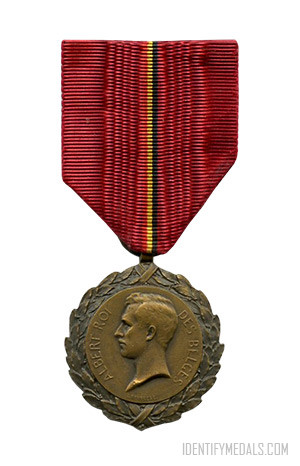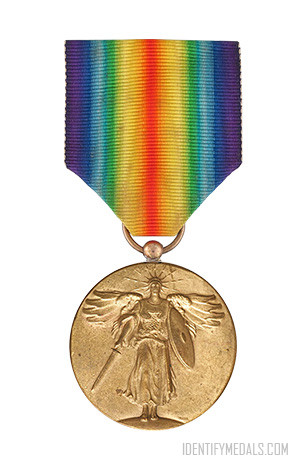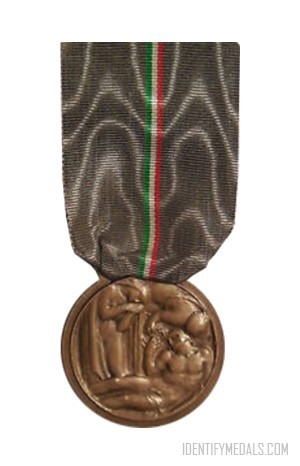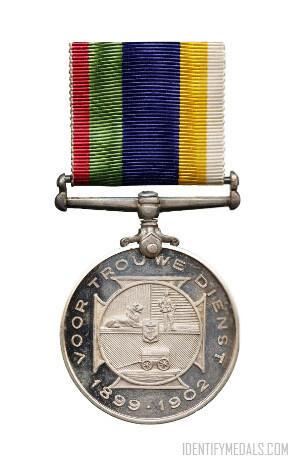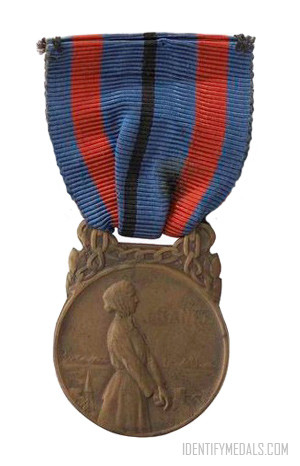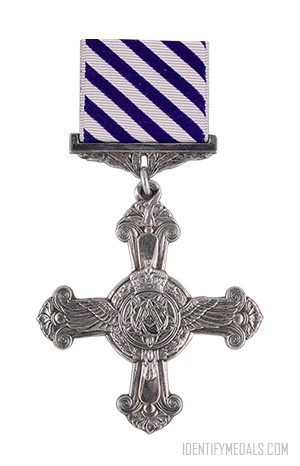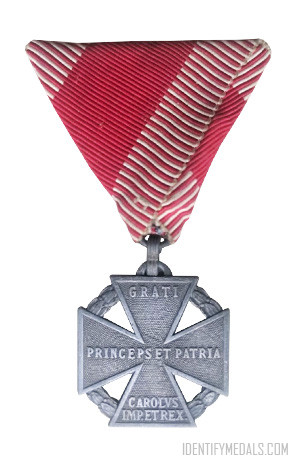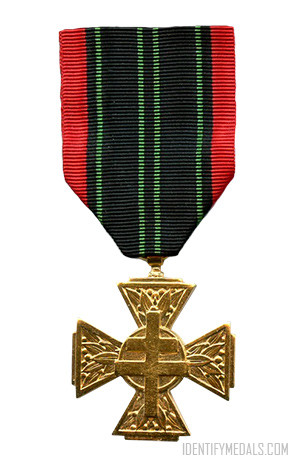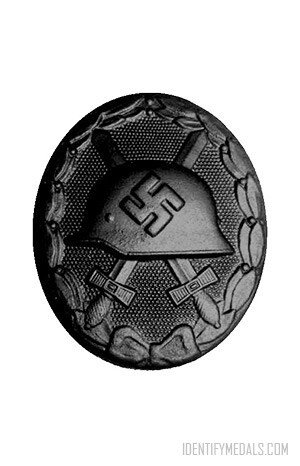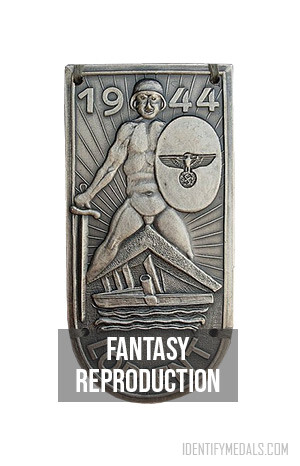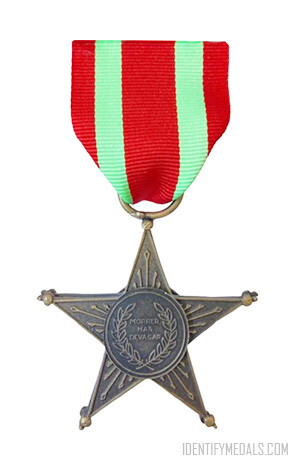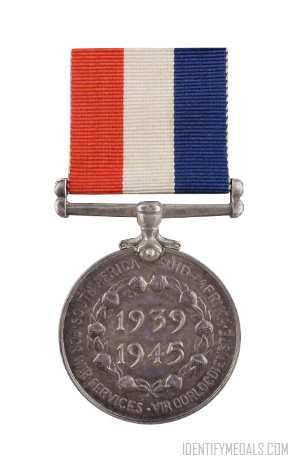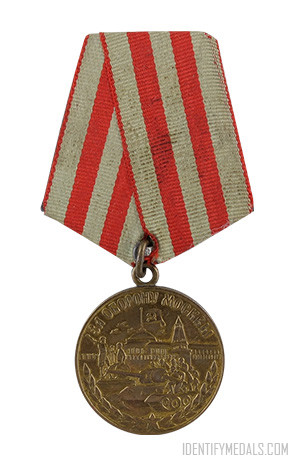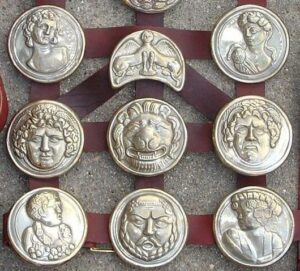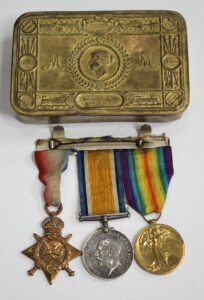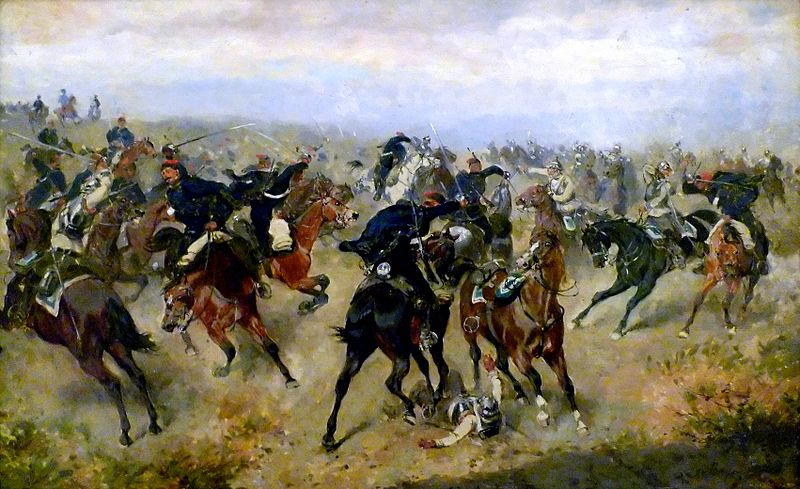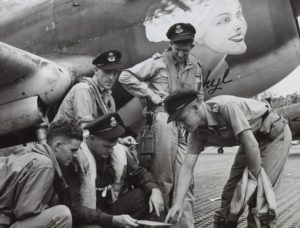- Time Period: The Great War
- Institution: 7 April 1919
- Country: Belgium
The King Albert Medal (Médaille du Roi Albert / Koning Albert Medaille) is a Belgian medal established on 7 April 1919 by royal decree and awarded to people who were exceptionally meritorious in promoting, organizing or administering humanitarian and charitable work that assisted Belgians in need during the First World War.
The medal could be awarded to both Belgians and foreigners.
The King Albert Medal Design
The medal measures 35mm in diameter and is circular and struck in bronze. Its obverse bears a central medallion bearing the left profile of King Albert I with the inscription in French or in Dutch “ALBERT KING OF THE BELGIANS” (“ALBERT ROI DES BELGES” /ALBERT KONING DER BELGEN”) surrounded by a 5mm wide laurel wreath along the entire medal circumference.
On the reverse is the relief inscription on four lines in French or in Dutch “IN TESTIMONY OF NATIONAL RECOGNITION” (EN TEMOIGNAGE DE RECONNAISSANCE NATIONALE” / “ALS BLIJK VAN’S LANDS ERKENTELIJKHEID”) with the years “1914-1918” below.
The ribbon is 38mm wide dark red silk moiré and bears a single 3mm wide longitudinal central stripe in the national colors of Belgium (1mm red, 1mm yellow and 1mm black). The ribbon bears two such stripes if the recipients distinguished themselves in the covert resupply of occupied Belgium. The medal is suspended by a ring through a suspension loop.

